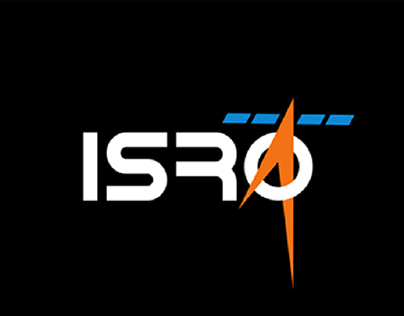In a major step toward interplanetary exploration, the Indian Space Research Organisation (ISRO) has announced that its much-anticipated mission to Venus, named Shukrayaan-1, is slated for launch by December 2028. The mission aims to study the surface and atmosphere of Earth’s “twin planet,” offering scientists a rare opportunity to understand how terrestrial planets evolve—and potentially even why Earth remains habitable while Venus does not.
ISRO Chairman S. Somanath confirmed the timeline during a recent address at the Indian National Science Academy, saying, “Venus is a natural laboratory to study greenhouse effects, cloud chemistry, and geological phenomena. It could help us answer critical questions about Earth’s future and the potential for life elsewhere in the solar system.”
Why Venus?
Though often overlooked in favor of Mars, Venus has long fascinated astronomers. With surface temperatures soaring above 460°C and a dense carbon dioxide-rich atmosphere, the planet provides a grim preview of what a runaway greenhouse effect could do to Earth. Yet, some scientists believe Venus might once have hosted oceans and even life before it became the inferno it is today.
Shukrayaan-1 will aim to penetrate the planet’s thick clouds using advanced synthetic aperture radar and infrared sensors to map surface features, detect volcanic activity, and analyze atmospheric dynamics.
A Leap in India’s Planetary Science
This mission marks India’s third major planetary mission after Chandrayaan (Moon) and Mangalyaan (Mars). Unlike its predecessors, Shukrayaan-1 will involve prolonged observations in a highly elliptical orbit, and will likely include collaboration with other space agencies such as France’s CNES and Russia’s Roscosmos.
According to ISRO’s preliminary design documents, the orbiter will carry a payload of around 500 kg, consisting of high-resolution cameras, spectrometers, and atmospheric sensors. The estimated cost of the mission is ₹1,500 crore, making it one of the most ambitious scientific ventures in India’s history.
The Broader Scientific Impact
Astrobiologists are particularly keen on Shukrayaan’s findings. Dr. Rituparna Mukherjee, a planetary scientist at IISc Bengaluru, explained, “Understanding Venus can offer direct insights into how habitability evolves—or vanishes. It might even inform our search for Earth-like planets outside the solar system.”
The mission is also expected to feed into Earth-climate research, as studying Venus’s climate system—especially its thick sulfuric acid clouds and super-rotating winds—can help fine-tune global climate models.
Final Preparations Underway
The mission is currently in its Phase-B (design finalization) stage. Once approved, it will move toward integration and testing by late 2026. ISRO’s launch vehicle for the mission is expected to be the GSLV Mk III.
With Shukrayaan-1, India is not just reaching for the stars—it’s diving deep into the mysteries of our solar system to better understand our own world and its fragile future.



